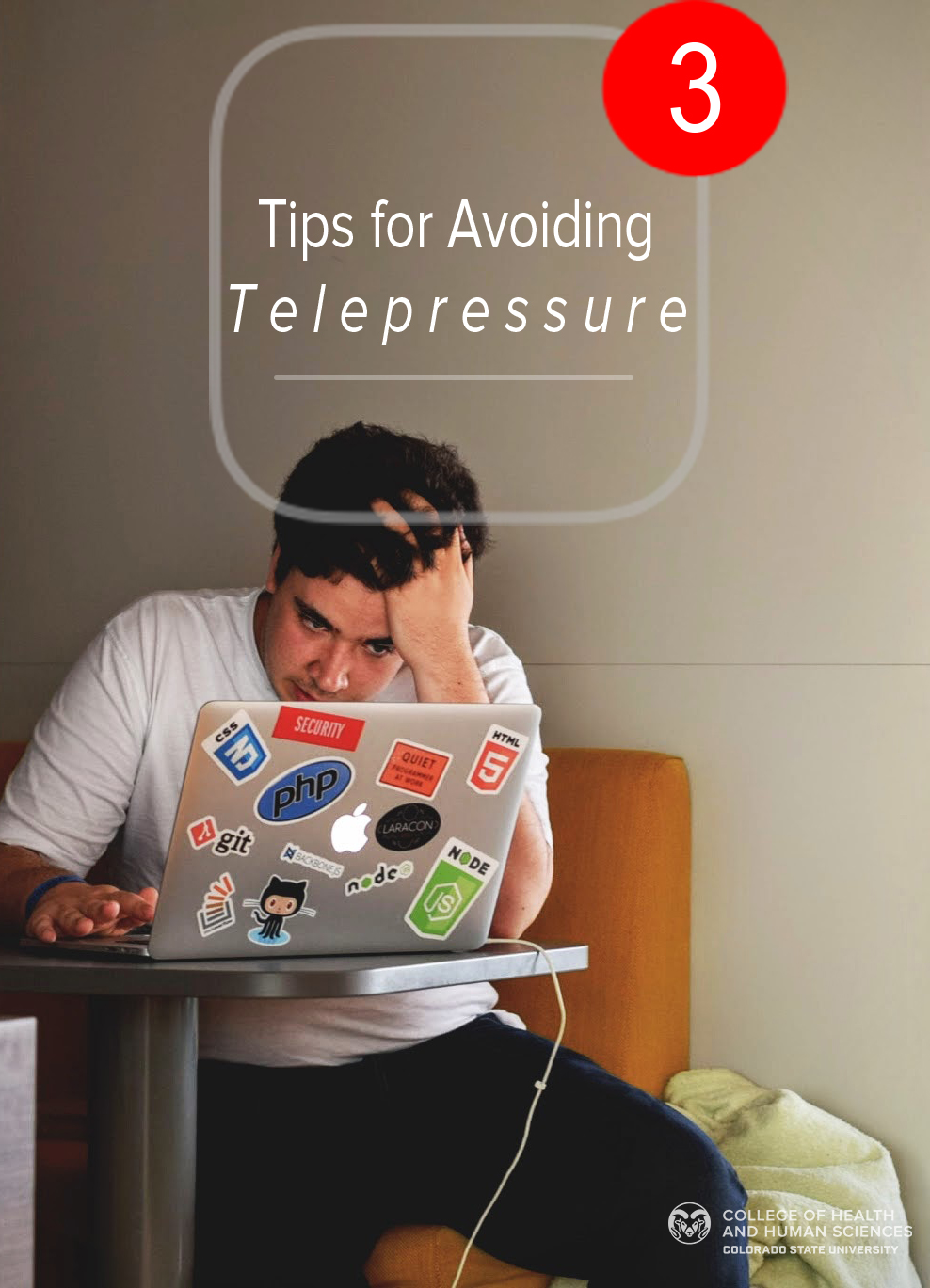By Tim Bautista-Johnson
What is telepressure?
ATTENTION: PLEASE SEE EMAIL! Have you ever received a message like this? In an ever-changing professional world of communication, sometimes it may be challenging to know when it is okay to wait until the next morning to respond to an email or other electronic messages. In recent studies the term “telepressure” has been recognized as an obsession to respond to electronic-based communications (Barber & Santuzzi, 2015).
In a competitive world where the fear of missing out on important news may cost one the feeling of inclusion or need-to-know information, individuals may experience urges to respond to electronic messages as soon as they can regardless of time and place. This new obsession has been linked to increased missed work, poor sleep habits, burnout, and other negative health outcomes (Barber & Santuzzi, 2015). What may be surprising is that this new phenomenon not only affects employees in the workforce, but also college students (Barber & Santuzzi, 2016). Given the new evidence that has come to light the focus of this significance should be directed at colleges and universities as this is where the largest population of both students of higher education and employees in the form of faculty and staff can be found.
Tips and Strategies
- Since it is easier and faster than ever to check an electronic device to see if you have a message there are a few strategies both entities and individuals can use to limit the effects of telepressure. First is for entities, i.e. employers, to set transparent electronic communication protocols into place as a standard of etiquette expectations. Setting an electronic communication etiquette as a priority could send the message that not only is the philosophy of work-life balance lip service, but an action that is being put into place in order to ensure overall employee health and well-being, and maximize work productivity.
- Employees and students should feel empowered to set boundaries with electronic communications that are not emergencies. These boundaries could look like setting auto-notifications to alert the sender that communications would be replied to during certain days and hours, e.g. Monday through Friday 8 a.m. to 6 p.m. Some employers and educators take it upon themselves to state electronic communication etiquette in the form of writing to their employees and students, with recent evidence the same courtesy should be extended to employees and students.
- Those with the flexibility to not respond to non-emergency but still urgent electronic communications should be encouraged to turn off their electronic devices or disable electronic notifications during hours in which they wish to separate themselves from work or school. Taking this action could potentially increase empowerment for those to take more meaningful measures for self-care. It might also be helpful for employees and students to communicate these behaviors with their superiors to promote their dedication to self-care.
Promoting Self-Care
The speed and efficiency of the internet is increasing every day and comes with the caution of an ever-increasing competitive academic and workforce world. To prevent burnout, dissatisfaction with employers, and pressure from colleges and universities, it is up to individuals to advocate for themselves and prioritize self-care. For more information on the research done on telepressure, watch as Northern Illinois University researchers discuss the topic.
Tim Bautista-Johnston is a second year graduate student in the Marriage and Family Therapy master’s program in Colorado State University’s Department of Human Development and Family Studies. He is a graduate of Northern Illinois University with a Bachelor of Arts in psychology and a Bachelor of Science in family and individual development. Tim has past experience as a summer kid’s camp coordinator and he loves working with kids and families, while encouraging prosocial behaviors and promoting healthy developmental behaviors. When he is not working or studying, he enjoys exercising, cooking, playing with his cats and dog, and especially spending time with his wife.
Colorado State University’s Center for Family and Couple Therapy is affiliated with the MFT Program and provides high-quality therapy services to families, couples, individuals, adolescents, and children. The CFCT offers services to all members of the Larimer County community, as well as to students, faculty, and staff on campus. For more information, see the Center for Family and Couple Therapy website.
For more health tips, visit the College of Health and Human Sciences Pinterest board.
References
Barber, L. K., & Santuzzi, A. M. (2015). Please respond ASAP: Workplace telepressure and employee recovery. Journal of Occupational Health Psychology,20(2), 172-189. doi:10.1037/a0038278
Barber, L. K., & Santuzzi, A. M. (2016). Telepressure and College Student Employment: The Costs of Staying Connected Across Social Contexts. Stress and Health,33(1), 14-23. doi:10.1002/smi.2668